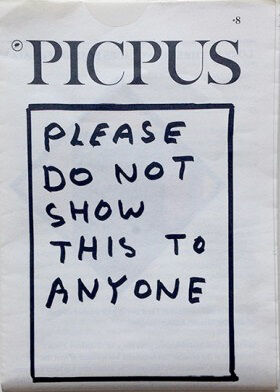
Magazine, English, Glue Binding, 112 Pages, 2012
Tate Etc. - Issue 24 / Spring 2012
availability unknown, if interested please write an email
What is the role of the artist? And how does one challenge existing perceptions of what an artist is? Simple questions perhaps, but ones that Italian artist Alighiero Boetti (1940–1994) took seriously, as will be explored in Tate Modern’s forthcoming retrospective.
As the curator of the show, Mark Godfrey, writes, Boetti ‘recognised the contradictory nature of the artist as both private creator and public showman’, and this led him to a radical idea of art production: a work could be authored by different people so that it had a multiple character itself. The best known example of this is seen in his embroidered maps of the world made by Afghan women (often including their own Farsi text stitched around the borders), which were symbols in themselves of Boetti’s understanding – years ahead of his time – that globalisation would change the art world forever.The Japanese artist Yayoi Kusama (born 1929) shares Boetti’s restless quest for answers in the world around her. As Ali Smith writes, Kusama is an artist who is ‘fascinated by the attractions and horrors of multiplicity and individuality in the universe’. Her wish to measure this unbounded space has taken many forms, and you get a sense of this in the photograph on our cover of Kusama in her New York studio in 1963. She looks out from behind one of her Infinity Net paintings and down on to what became part of her Aggregation: One Thousand Boats installation, works to be included in Tate Modern’s Kusama exhibition. Through her painting, sculpture, performance, poetry and fiction, she has continually, as she puts it, ‘examined the single dot that was my own life’. And along the way she has come into contact with diverse and numerous art groups and artists with whom she has exhibited, from Donald Judd (who apparently helped her to stuff the innards of the rowboat) to Group Zero and Andy Warhol, although her work has remained singularly distinctive.The writer Italo Calvino no doubt would have enjoyed the complexities of both Boetti’s and Kusama’s work. Calvino regarded the novel as a ‘vast net’, and looked to art to reassure us of what meaning is and how it works. As Ali Smith notes of Calvino, he understood human language as ‘signs, packed as closely together as grains of sand, representing the many-coloured spectacle of the world on a surface that is always the same and always different, like dunes shifted by the desert wind’. That seems a good place to start. Language: English































